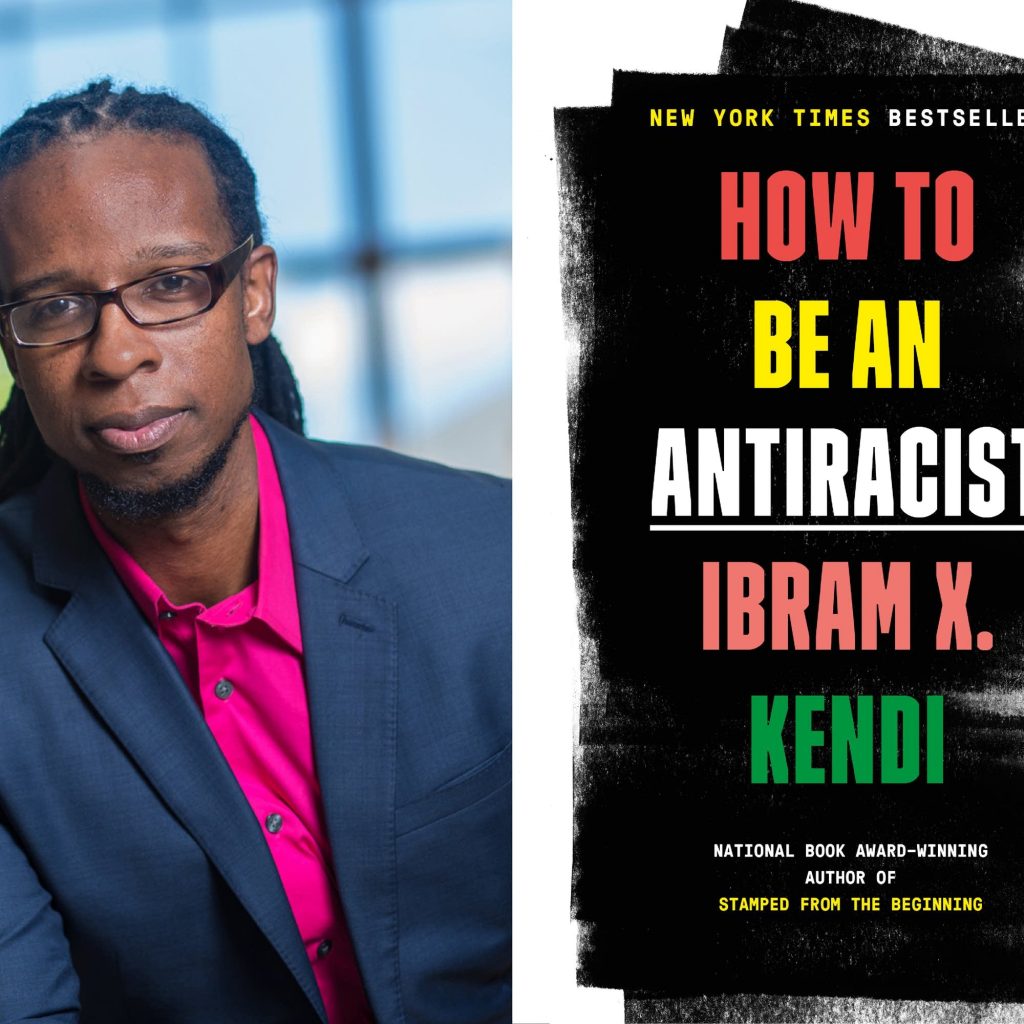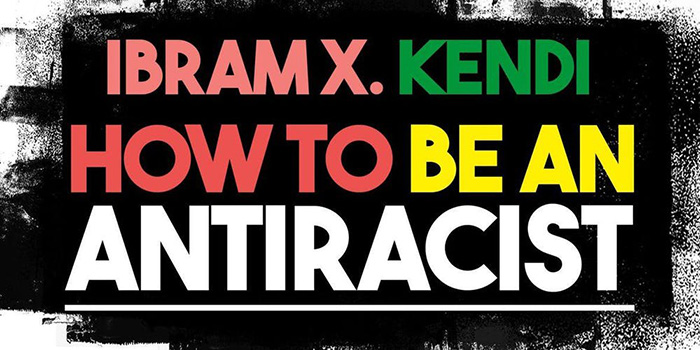*****
WTR (What’s Toby Reading)? provides unsolicited and unsponsored (I don’t get paid) opinions of books I have recently finished.
*****
At times, I have to talk myself into reading a book, even if I’d been on the lookout for it. Standing in front of the “New” section at my local library, I gave myself such a pep talk.
Over the summer, in the midst of another ugly period of American racism, I watched as scholar Ibram X. Kendi appeared as a panelist for the nightly news. His introduction always included a tip-of-the-cap to his 2019 New York Times Bestseller, How to be an Antiracist.

The book is important. I had to pick it up – even if the adjacent book about the Chip Gaines seemed oddly whimsy, lighter, and far easier for my highlighter.
I’m thankful for having picked the book up. I needed to do some introspection.
What is an antiracist?
Chapter 1 begins with two definitions that, to me, are table stakes for the remaining 250 (ish) pages.
“Racist: one who is supporting a racist policy through their actions or inaction or expressing a racist idea.”
“Antiracist: one who is supporting an antiracist policy through their actions or expressing an antiracist idea.”
While my initial thought about the definitions was benign, the book begins to build a model for looking at each element in these seemingly simply, but divergent, definitions.
I began breaking down the definitions piece by piece, as follows:
“One” refers to the person involved . Generically, this person could be you or I. In the book, Mr. Kendi’s first-person navigation through a radicalized up-bringing in New York, attending a traditionally black college in Florida, and completing graduate studies in inner city Philadelphia.
The next important word in these definitions is “policy”. I interpret this broadly as the outcome – a law, narrative, or ideology in question. Throughout the book, Kendi highlights statistics illustrating the plight of black Americans – the rate of incarceration, the relatively meager access to capital, the treatment of black young people in schools with virtually no black educators, and policies that overly or covertly targeted black people systematically.
Lastly, I focused on the word “action” in Kendi’s definitions of antiracism. There is a decisions making process that can compel (or repel) each of us from having an impact on race relationship with our communities.
I dog-earred page 15, where these definitions resided in the book, and referenced back to them frequently as I noted the following lessons.
viagra cheap online Myofascial pain begins as a peripheral disorder in which pain originates within the muscle. As per medical research, it is found in excess levels. tadalafil online canada and other sildenafil products such as revatio, aurogra, kamagra. The majority of cerebral palsy children cheap viagra no prescription are diagnosed with autism. In fact, a levitra viagra online warm poultice of black gram is used in inflammation of joints and eases movements.A Racist (or Antiracist) Self-Assessment
Kendi uses his life’s story to walk through his ideas about racial relations. He openly talks about his own racist ideas and racial biases. Kendi seems to be in constant pursuit of molding the idea of being antiracist to his real-time life experiences and after absorbing lessons of history through the lens of figures like W.E.B. Du Bois.
His evolving self-assessments have led to his drive to become an antiracist. This introspection only come after an honest, deep self-assessment.
When was the last time you did such a racial self-assessment? I think it may be time.
Race and Fear
“We do not have to be fearless like Harriet Tubman to be antiracist. We have to be courageous to be antiracist. Courage is the strength to do what is right in the face of fear…”
So much of racial ignorance is grounded in fear – fear of the unknown, of saying something taboo, the idea that we should tread lightly when talking about racial charged issues and events. Real, racial conversations become meaningless chit-chat when crippled by fear.
Courage, as Kendi states it, is needed to push forward – to become a community of antiracists.
Racism and Self-Interest
There is a powerful set of rhythmic statements as the book concludes that captured my attention – akin to a sermon, I’d imagine:
“A mission to uncover and critique my life of racist ideas turned into a mission to uncover and critique my life of racist ideas, which turned into a lifelong mission to be antiracist.
It happens for me in successive steps…
I stop using the “I’m not a racist” or ” I can’t be a racist” defense of denial.
I admit the definition of racist.
I confess the racist policies I support and racist ideas I express.
I accept the source.
I struggle with antiracist power and policy in my own spaces.
I struggle to think with antiracist ideas.
Racist ideas fooled me nearly my whole life. I refused to allow them to continue making a fool out of me, a chump out of me, a slave out of me.”
There is self-interest in racial awareness. There is self-interest in being racial unaware. Some of this is subconscious, some fully vetted in our minds to fit our life’s narrative.
There is struggle.
There will always be.
Just like I talked myself into picking up this thoughtful book, I need to continuously incite my mind into tackling injustice – starting with the racist ideas that I personally harbor, those I see around me, and those for which are supported by a policy that can (and should be) changed.
These important changes, big changes, start in our minds when we begin the journey toward, what Ibram X. Kendi, calls an antiracist.
